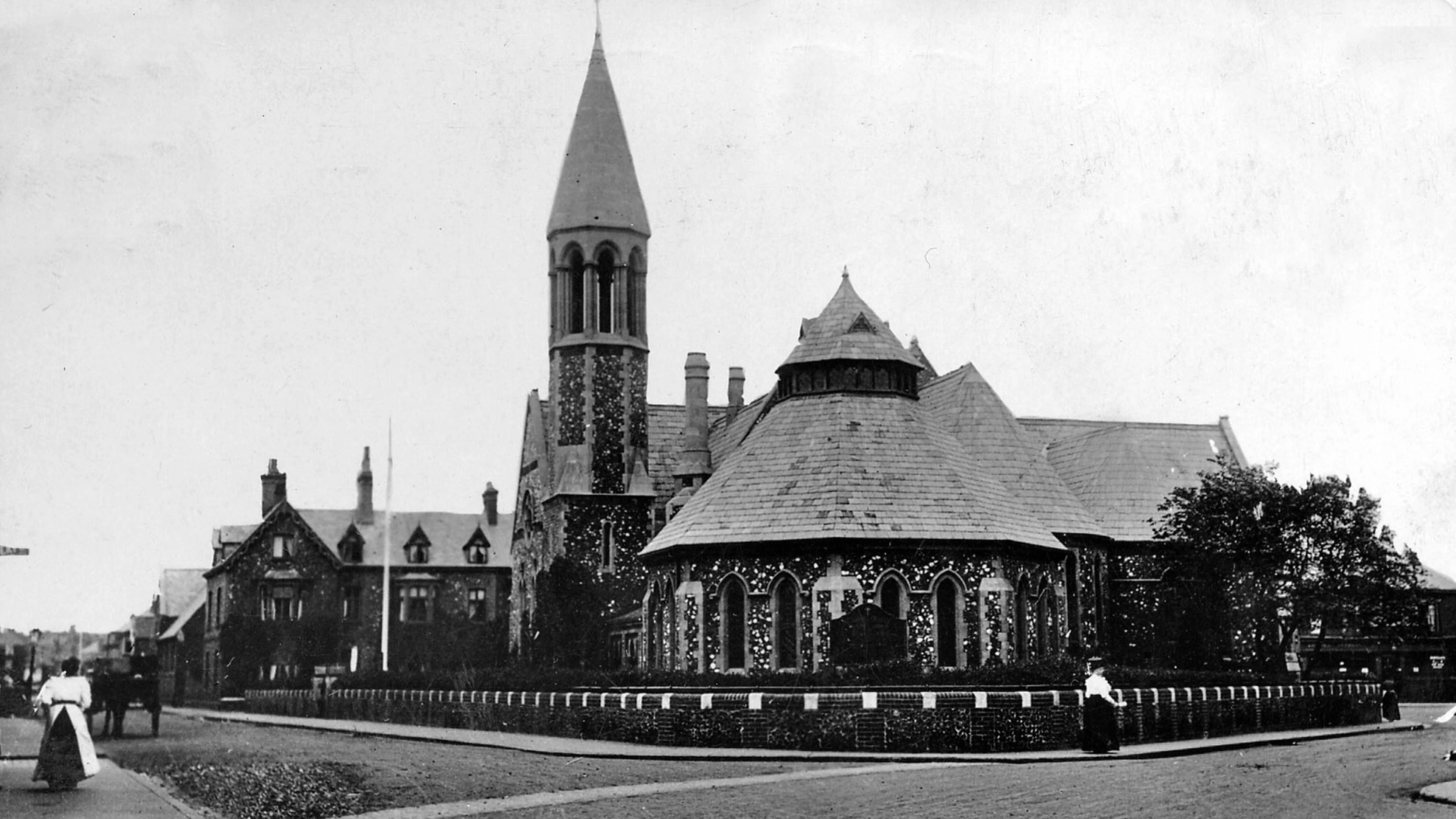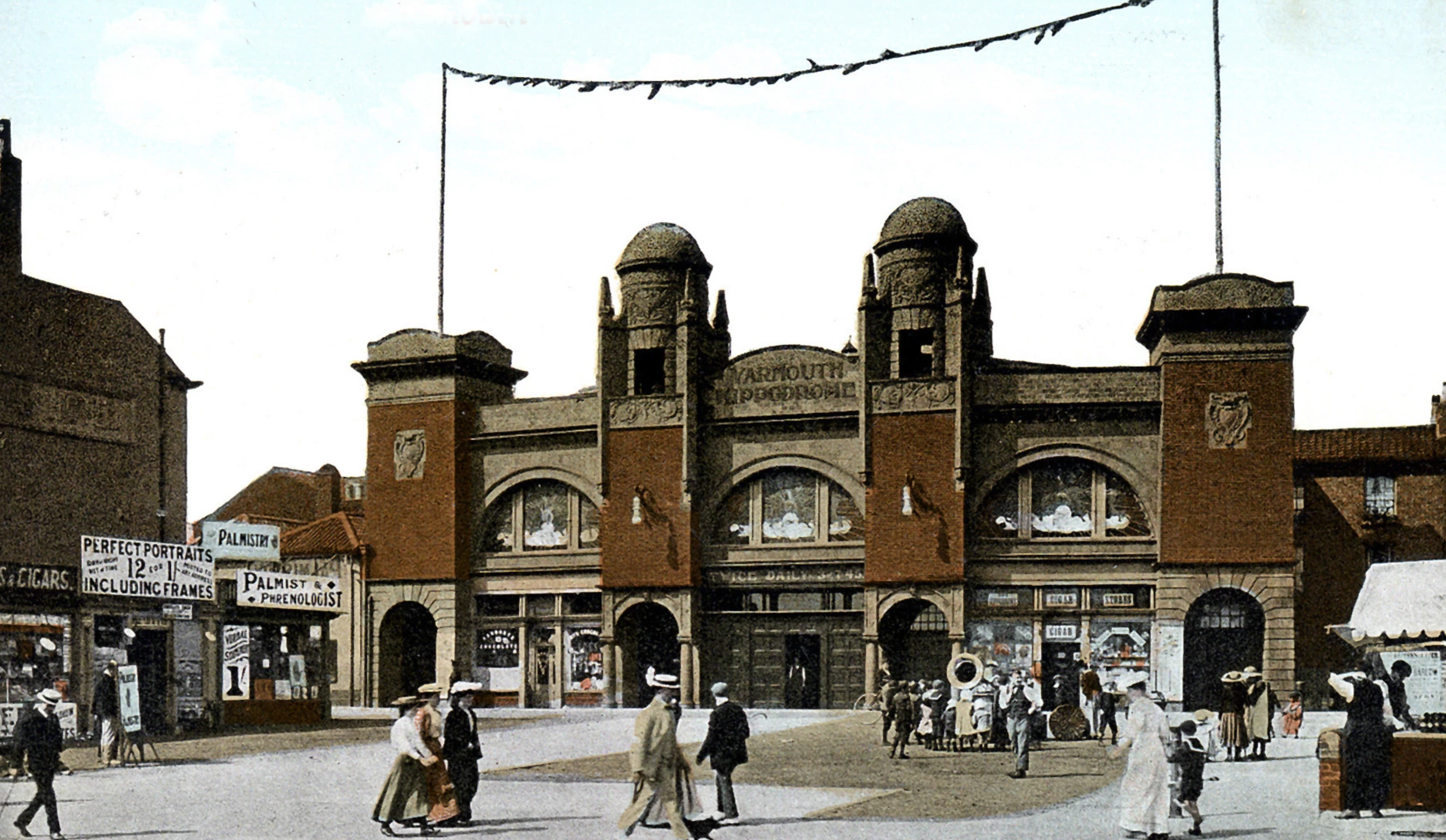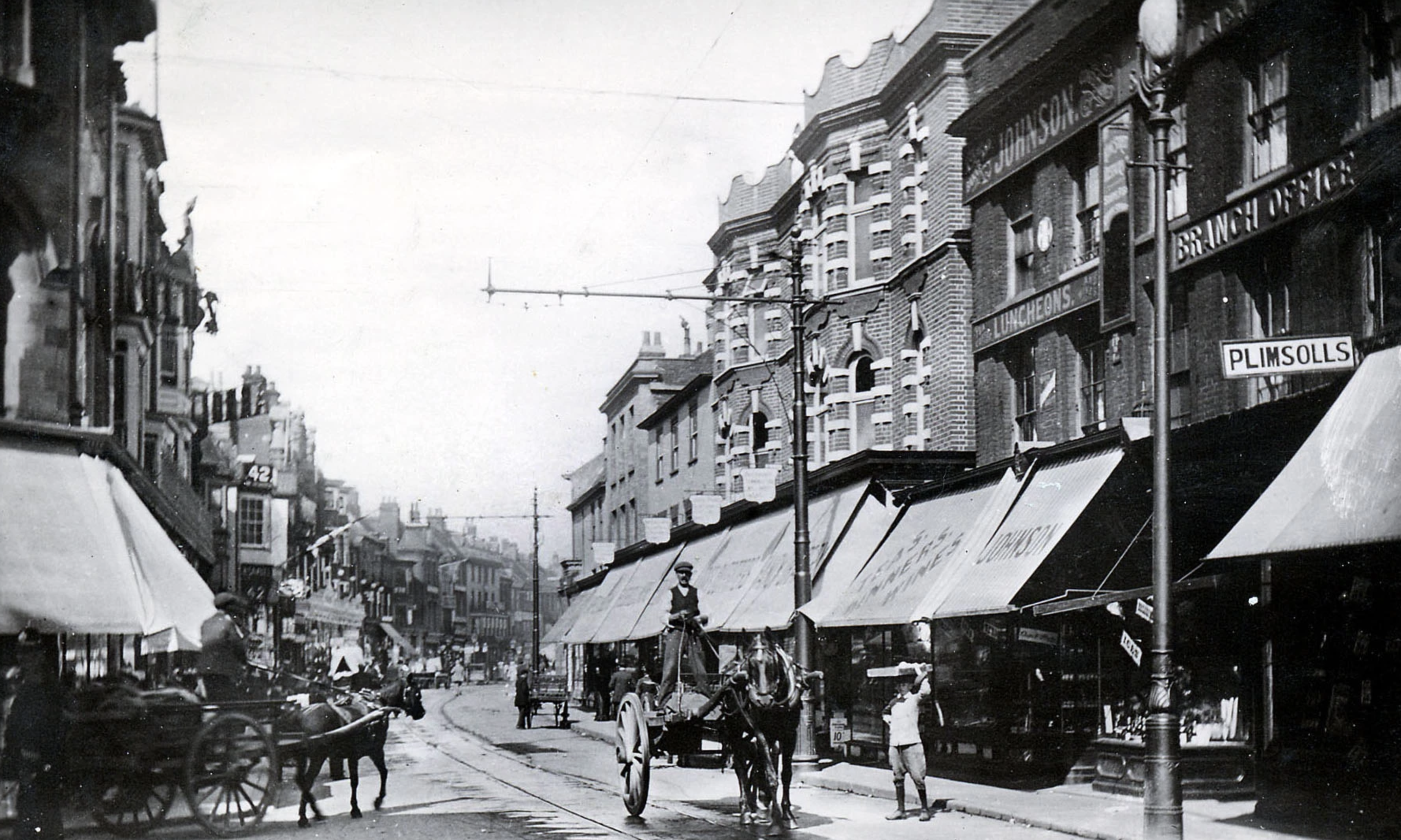Birt Acres

In the summer of 1896, two strangers to Gorleston walked along the pier and set up a tripod mounted wooden camera, and pointed it inland towards the harbour bend. By then the locals must have been used to seeing photographers, like Alfred Yallop and James Liffen with their cumbersome mahogany and brass cameras, recording scenes and events in the neighbourhood. But on this particular day, East Anglian photographic history was about to be made.
The cameraman was Birt Acres or his assistant, Arthur Melbourne Cooper. Their camera was no ordinary one, as it took moving photographs. The camera had been made the previous year by engineer, Robert W. Paul. It is possible that the very same camera had been used by Birt Acres to record the finish of the Epsom Derby in the summer of 1895.
Acres or Cooper shot the very first moving pictures to be taken in East Anglia. Their first subject was a paddle tug towing the fishing smack Thrive (YH 120) out of Great Yarmouth harbour. A second shot in the sequence shows the smack I Will (YH 723) also leaving the harbour. Thrive was owned by William Buckle of 67 South Quay, Yarmouth and I Will was owned by A. Bland of 57 St. George’s Road, Yarmouth.
The film was one of 21 shown by Birt Acres on July 21st 1896 to the Royal Family. This was the day before Princess Maud married Prince Charles of Denmark. The audience enjoyed the performance so much that Acres was invited to film the wedding.
The Gorleston pier film was shown to Great Yarmouth audiences at the Royal Aquarium in March 1897 as introducing the Cinematograph with local pictures of fishing boats leaving Yarmouth Harbour. This was one week after the very first presentation of living photographs in Great Yarmouth at the Liberal Club Assembly Rooms in the Market Place.
The plaque carries information so tablet and smartphone users with access to the internet can look at the archive footage while standing where Acres or Cooper stood over 120 years ago.
The archive cinematograph footage can be viewed on: the East Anglian Film Archive web site http://www.eafa.org.uk/catalogue/1410 or on the British Film Institute’s YouTube pages: https://www.youtube.com/watch?v=ua2MStD2J00



